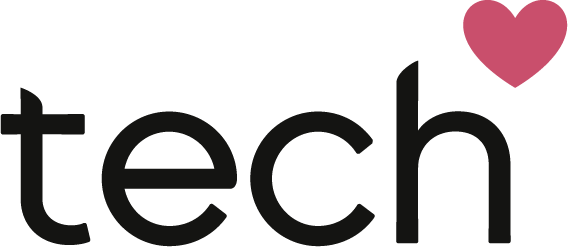good use of tech
IoT roll-out - Stirling Council
Aico's HomeLINK Solutions
(article first appeared in Facility Management Journal, Nov 2022)
IoT roll-out - Stirling Council
Stirling Council, in partnership with home safety tech firm Aico, is embarking on the first full roll-out of a multi-technology and sensors-connected home solution across an entire social housing portfolio stock, with 50,000 IoT devices being installed over the next eight to 10 years in homes managed by the council’s housing service.
Environmental sensors will be installed in tenants’ homes to collect information which will dramatically improve the health, safety and wellbeing of residents. Collected data will include temperature, humidity and carbon dioxide (CO2) gas levels, along with smoke detection sensors.
The sensors will alert the council in real-time and provide early warning of damp, mould, ventilation and any other potential issues, while helping the tenant to understand energy consumption levels with heating their home.
Residents will be able to use a free app to gain a view of the safety and health of their indoor environment. The app also provides advice and guidance on how to improve living conditions and live a healthier and safer life, while reducing carbon footprint and saving money on energy bills.
In a time of fuel poverty, connected devices more often seen in private dwellings are emerging as a powerful tool, ensuring social homes are healthy to live in and used in an energy-efficient manner. Homes will also benefit from a significant fire safety upgrade and be equipped with connected smoke, heat and carbon monoxide (CO) alarms.
Having the ability to identify the least thermally-efficient homes means that Stirling Council as a landlord can take intelligence-led decisions to target capital investment programmes at those properties. The Fuel Poverty Act (Scotland) also seeks to protect residents of all households but particularly those in rural, Highland and island communities from facing fuel poverty. Stirling council has around 20% of its housing portfolio in rural areas.
The long-term and methodical roll-out intended follows a successful pilot project, which was part of a Scottish Government-funded programme called CivTech, to drive innovation in collaborative and cost-effective technology across the public sector.
Aico (HomeLINK) states that across the UK more than 150,000 IoT devices are connected in tenants’ homes and in use by social landlords. Based on current demand, this number is expected to hit one million devices by the end of 2024, bringing about a paradigm shift in landlords’ efforts to comply both with regulations but also in offering tenants a better understanding of their home’s environment.
Several private sector landlords are already using connected IoT devices to pre-empt issues. By connecting all of its housing stock, Stirling Council will continue to make intelligence-led and data-based decisions. When maintenance teams now conduct regular safety checks, planning staff can identify trends and improvements, plan budgets and make property investment decisions. It will also trigger preventative maintenance measures by alerting staff to early causes of deterioration in a property’s environment.
Tenant Robert Cairney said:
“I was initially sceptical about what the sensors and technology being put into my home would bring in terms of financial or health benefits. However, by recording moisture in the air, I can be alerted to the risk of damp and mould. Rather than having to keep an eye out for these things myself, my landlord also better knows when it is time to come and do repairs or maintenance work on the property.
“This new IoT technology for homes like mine is fantastic because it helps me to feel safer, live in a healthier environment, and reduce costs. I’m more aware of how my home is behaving, and alerted to ways I can save money by using this free cutting edge connected home kit. For example, wasting money trying to heat a home that has gaps in the doors and windows letting heat out, or an inefficient boiler and room heaters that need bleeding. Everyone is concerned about the rising costs of energy but, thanks to these improvements, it’s not a question of eat or heat for me now.”
Case study
Smart Life in Fife
Take a look
Case study
Service design-Hanover
Take a look



